Learning from my writing mistakes
I learned a valuable lesson last week.
I had just finished my first piece for a new client, the first in what I hope will be a long series of informational, instructional articles to go live on their website. As usual, I had gone through a few important processes before writing down a single word.
- Research – familiarisation with the client, what’s the TOV on its website, what does its existing content look like, how will my article be structured?
- Subject – what have other content providers written for the same subject? How can I keep the article appealing, the content technically correct, whilst avoiding plagiarism?
- SEO – a request of the client. The article needs to be optimised for SEO. What are the most important keywords to include, how to integrate them into the text, where to use them (H2s, H3s, etc).
- Research – put this in again. Always do your research.
I started as I often do, airily bringing vague concepts together, jotting notes down, working for an hour or two before drifting off for a cup of tea and not returning to work for a couple of hours.
This somewhat relaxed approach to creating a skeleton draft seems to work for me if I have the time. Each to their own though. I wouldn’t recommend being so laissez-faire for every assignment.
Arriving at the first of the ‘final’ drafts
The article was finally written. I had even been rather proud of my ruthless editing. The word count was tight. Adverbs, conjunctives, unnecessary exposition….all were disposed of. This was the first time I’d had to edit my copy with purpose, at a client’s request. I very much enjoyed it. Reading and re-reading the text, discarding one word here, one word there, much as a horticulturalist would precisely prune a beloved rose bush. I probably didn’t get it all right, but it was a great learning experience, and I can’t wait to do it again.
And after many iterations (V1, V2, V2.1, V2.1.1, etc) I was happy with my final draft. I had even been complacent enough to start writing an email to the client – “please find attached….”
I’ve lost count of the number of articles I’ve read advising copywriters to read their work out loud. Apparently, this results in the veil being lifted, absolute clarity being attained. I don’t know how many copywriters read their copy out loud, but that doesn’t detract from it seeming like a sensible, helpful action. For various reasons I haven’t done this as standard practice in the past. But on this particular occasion, it was a new client, I was a little nervous….
The bombshell
Luckily for me, I am married to – and work with – an extremely clever UX Designer with a lot of experience in creating and curating digital content. Lucy has never met a task or a project that she hasn’t ruthlessly (and usually correctly) deconstructed with numerous questions.
So I trotted downstairs and read my article out loud to Lucy. And I‘m so glad that I did.
We sat on either side of our dining room table, Lucy’s monitor providing a screen between us. She sat with her head bowed so she couldn’t see me (bonus for her, some might say). And whilst I read on, Lucy listened patiently and made a couple of minor corrections to start with. That was fine. Then I read the final paragraph, which contained not only some very important information, but also about 20% of the word count.
A hand shoots up from behind the monitor. “Can you read that last bit again?”
I did so.
“No, I don’t quite get it. What are you trying to explain?”
I tried to explain to Lucy what I was trying to explain in the text.
“But that doesn’t make sense.”
And she was right. The words were simple, the sentences were constructed properly. But I may as well have written the paragraph in a different language. It was not good.
Fixing my mistakes
With Lucy’s help, I completely deconstructed the paragraph. Kept a few important bits, rewrote the rest. Changed the instructions so they made sense. Acted out the instructions I’d written down. Double-checked everything.
OK, so that was better. The new text made sense, it was in proper context and concluded the article nicely.
If I had submitted the original – and I was close to doing so – I probably would have embarrassed myself. It had no overall cohesion. And the instructions would have confused anyone trying to follow them.
My client would have been justified in reading it and uttering a vociferous “what the heck!”
Wouldn’t have been a good start to what I’m hoping will be a fruitful collaboration.
So – a lesson learnt. I will, from now on, be reading my “finished” copy out loud. And more importantly, I will be reading it out loud to Lucy, who is the best audience I could hope for.
